
Cricket Generations
A game forged in the West Indies carried on by multiple generations in Mackin Park, Coquitlam.
This exhibition is done with the help of the Windies Cricket Club.
For more information visit windiescricketclub.com.
History
Cricket – created in India, distributed by colonialism, and perfected in the Caribbean. After its introduction by colonial officers, slaves soon made the sport their own.
Even after emancipation many players were unable to join cricket teams due to racist attitudes of the time. Instead, they created their own clubs.
In 1926 along with teams from India and New Zealand, the West Indies team was elected to the International Cricket Conference (ICC), allowing them to compete at the highest level.
West Indian Cricket players faced discrimination; they were stereotyped as unskilled players who only knew how to put on a flamboyant show. But soon they shattered these views, when they began their dominance of the sport in the 1970s.
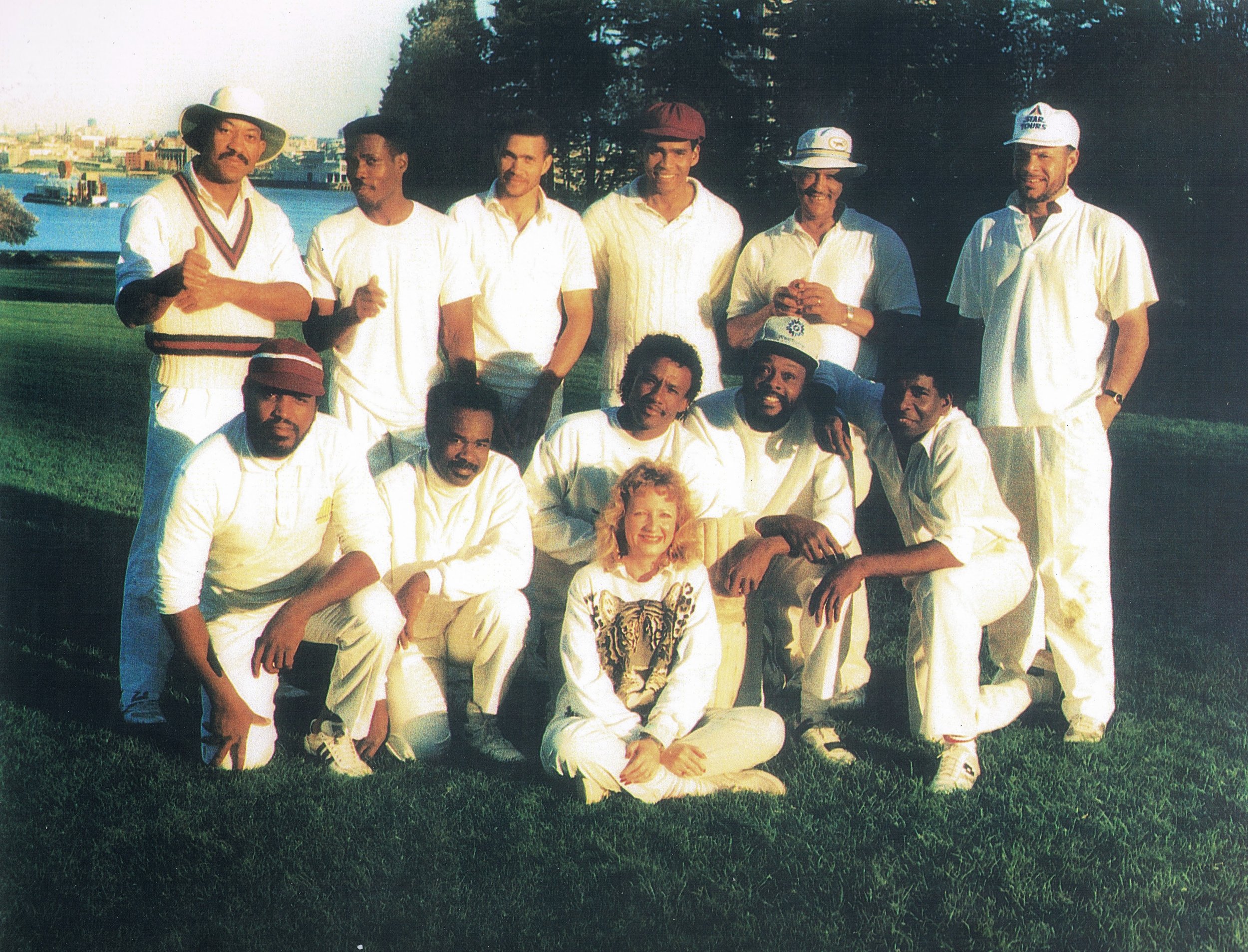
Cricket Basics
Cricket is played between two teams each made up of 11 players. Games comprise of at least one inning where each team will take turns in batting and fielding/bowling. The fielding team will have a bowler bowl the ball to the batter who tries to hit the ball with their bat.
The fielding team tries to get the batter out by: A) Hitting the wickets with the ball when bowling. B) Catching a batter’s shot. C) Hitting the batter’s leg in front of the wicket. D) Hitting the wickets before the batter can run to the other end of the pitch.
The batter tries to score as many runs as possible before getting out by: A) Hitting the ball and running between the wickets and making it to the other end before the elders can hit the wickets with the ball. Each time you run one full length of the pitch it equals 1 run. B) Hitting the ball across the boundary along the ground is 4 runs. C) Hitting the ball over the boundary in the air equals 6 runs.
The fielding team must get 10 batters out before they can change over and start batting. The aim of the game is to score as many runs as possible before the fielding team takes over. The team with the most runs wins.
A wicket is one of the two sets of three stumps topped with two bails at either ends of the pitch. Traditional Cricket Stumps had metal reinforcements on the tips to make them easier to stick in the hard clay playing surface. The bails are put on the stumps with the short end towards the center.
Wicket
Cricket balls are made from layers of twine wound around a cork center, then covered with a leather shell. They must weigh exactly 156 grams. The red ball is the Windies club colours, according to the BC Mainland Cricket League rules. The fastest cricket ball throw ever recorded was 161.3 km/hr, thrown by Shoaib Akhtar of Pakistan, aka The Rawalpindi Express.
Cricket Ball
Cricket bats consist of several parts: the handle, which can be short or long, the blade, and the base. The maximum allowed length of a cricket bat is 96.5 cm, and the handle must not be more than 52% of the overall length. The edge must not exceed 4 cm, and the overall maximum depth from the top of the spine to the face of the blade should not exceed 67 mm.
Cricket Bat
Cricket Head Gear
Cricket pads are the same for left and right legs. However, it is important to cinch the straps tight on the outer sides so the player doesn’t trip while running.
Cricket Pads
Cricket gloves are heavily padded on the top, and the right glove (if a player is right-handed) thumb has extra padding as this is a vulnerable spot when batting.
Cricket Batting Gloves
Cricket shoes have evolved over time but the Spencer cricket shoe was the first sports-specific developed shoe. It was a low-cut leather shoe that had three spikes under the forefoot and one under the heel. Some cricket shoes have removable spikes and reinforced toes. Modern cricket shoes are not necessarily leather.
Cricket Shoes
Cricket bat made from tree branch, and shaped with a machete
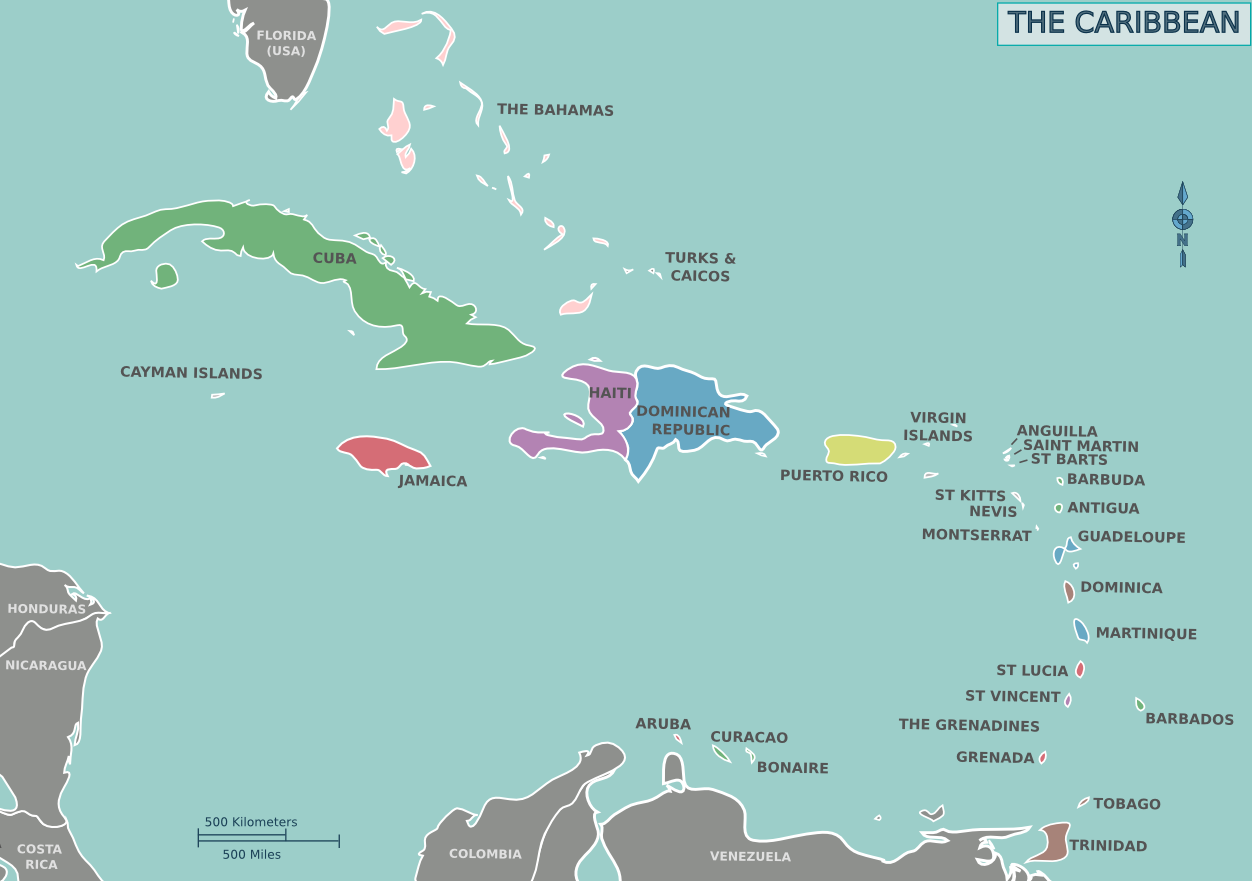
Brush Cricket In Jamaica
Any clear area, a cow pasture or a section of roadway would be used to play cricket. A metal tin or wooden box served as wickets. When struck by a ball it would fall or make a sound – meaning the batter is clearly out.
Wooden bats would be made from rough sawed lumber or selected tree chunks with a machete and carved with a broken glass bottle as a scraper for smoothness.
Balls would be made from a curved piece of wood, covered with cut strings of used inner tube rubber or at times even small green grapefruits or oranges from our parents’ farm trees were used.
Cut and collect tree sap gum from trees and form a ball to play. One would spend the time to look for this ball when it goes in the bushes.
The Winners
Second division team humbles the top team in the First division of the British Columbia Mainland Cricket League in the final of the Coronation cup of 1983.
The Coronation cup is the premier knockout competition for the lower mainland cricket leagues, is eligible for entry to all teams and is usually captured by the number one team in the first (top) division. In 1983, second division WestCan cricket club, (only in existence for six years), played and beat the well established Vancouver 1 cricket club.
(Above)The members of WestCan were: Brian Barker (Captain), Peter Buchanan (Wicket Keeper), Calvin Buchanan, Samuel Gaymes, Selwyn McMillan, Errol Nembhard, Anthony Ragoobar, Errol Rowe, Oral Williams, Anthony Welcome, and one other
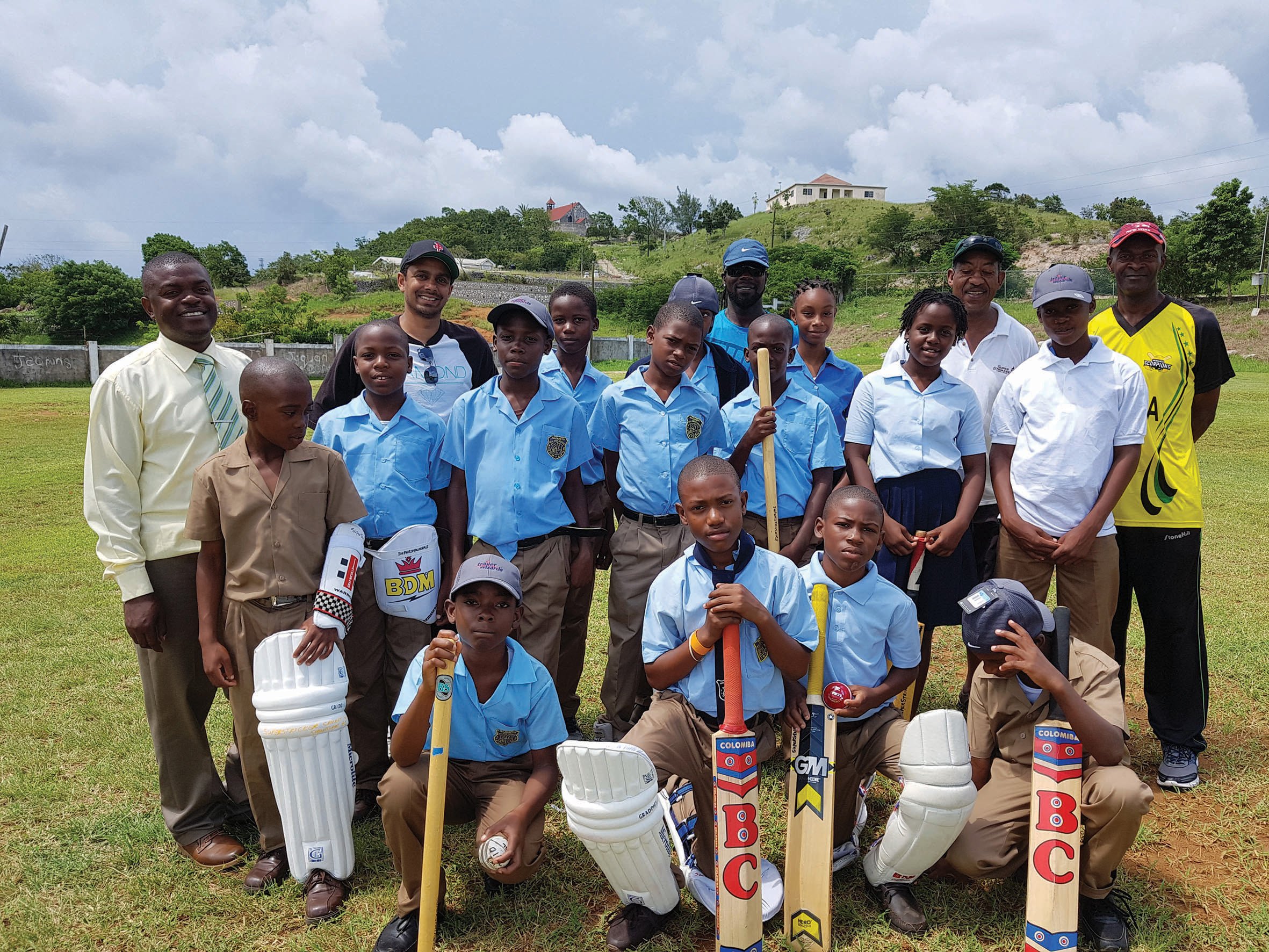
Cricket… My School Days
By Patrick Davey
The game was called catche-shubby cricket, which means – any fielder who catches the ball anywhere in the field after the batter played it, gets a chance to bowl the ball at the batter to get him out, so that the elder ‘may’ get a chance to bat. This meant that one had to be a versatile player who could do both.
Proper cricket field and equipment like bats, balls, gloves, stumps and pads were only available at school. We could not afford cricket equipment like what school had, so we had to fabricate our own.
On Fridays, school kids would be allowed to visit other schools within a 10 mile radius and play cricket. Twelve boys would walk to another school, to play cricket for fun and receive free lunch from the canteen that day.
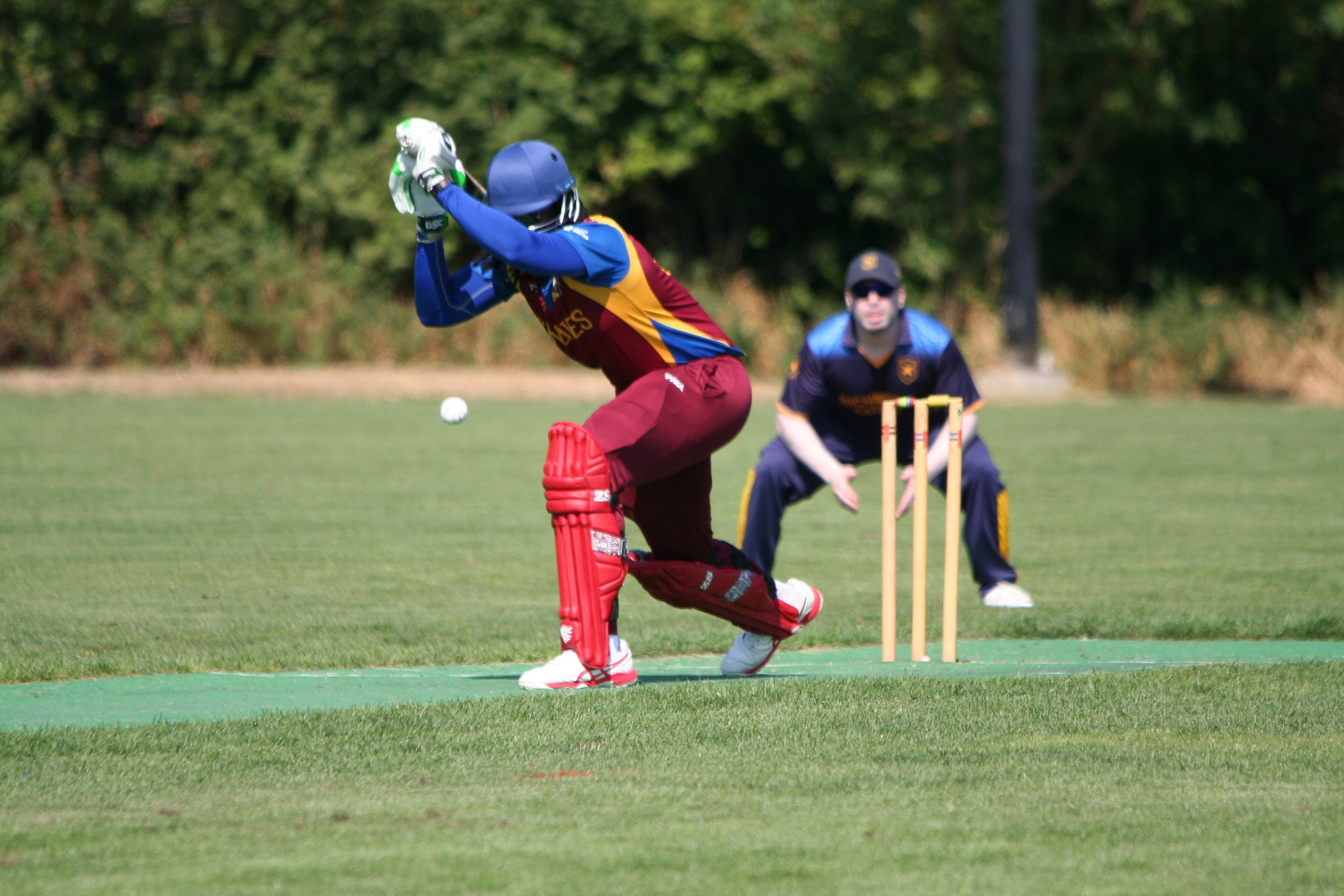
“We would listen to Cricket matches on BBC for either England, Australia, South Africa, Pakistan or India. There was no TV because we had no electricity, however, our older brothers traveled as farm workers to Canada and USA, would bring back transistor radios and batteries. I had no official training on how to play cricket. We listened and learned from the commentators; we would practice a play until we mastered it.”
Davey played cricket for the Windies Cricket Club which is part of Windies Sports & Cultural Association and is now a volunteer coach for youth cricket in Coquitlam.
More Than a Game
In the West Indies, Cricket games are a time to party and celebrate. Cricket on the islands is more than just a sport. It represents national pride, showing that after having been segregated and looked down upon for so long, Caribbeans can bat on the world stage as well as any other Cricket playing nation.
Several cricket nations faced a severe beating at cricket from the West Indians – a game that the white men thought they invented and that they were the best at. So rules were put in place to suppress the West Indies players. That did not stop the West Indians players from outperforming the white men at their game.
West Indian players playing abroad were subjected to vicious bantering and discrimination.
Some descriptions were that the West Indians players were not good at the game and that they were only “calypso cricketers.” One specific comment was: “We gonna make them grovel” or “We will knock their heads off.
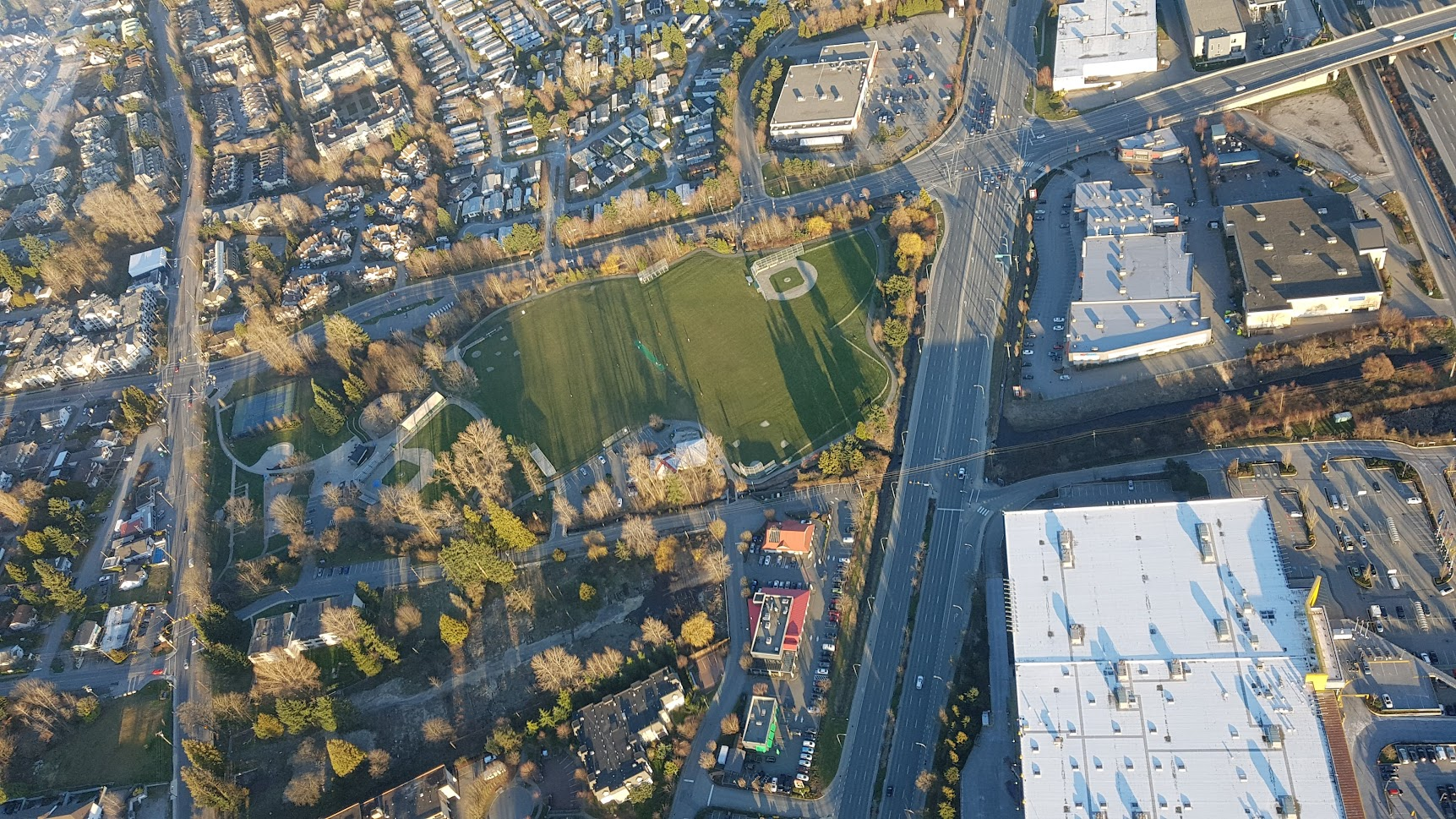
Aerial of Mackin Park, Cricket game in progress.
Family & Culture
Each year the club brings over players from Barbados. The club finances this exchange, paying for living expenses and for each game. Barbados and Canada have an agreement which allows the free travel of the players between both countries. No such agreement exists with other Caribbean nations. Bringing over new talents helped the Windies team ascend to the Premier I division. It also teaches kids born in Canada about their parents’ home countries’ culture, from food to language; creating a grounding in culture.
A club member setting up the play list for the family part of the game.
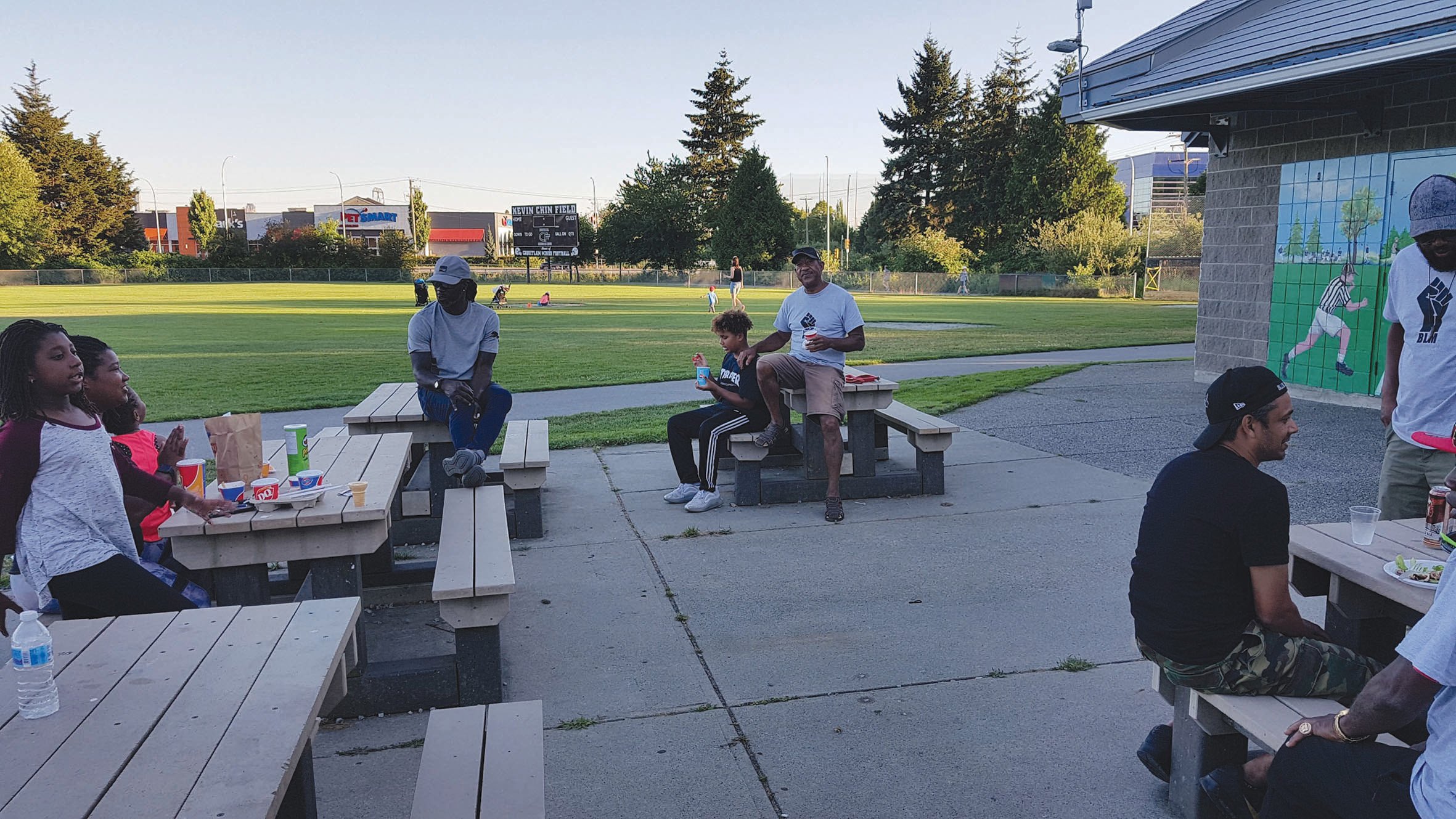
“It’s a culture, and it’s a family. If you live in the Caribbean, cricket is a big family culture-oriented kind of thing. If you didn’t play, you still show up to watch the game.”
James coaches the youth team and ensures that the club has a stream of young good players.
Generations
Patrick Davey
Anthony Stuart
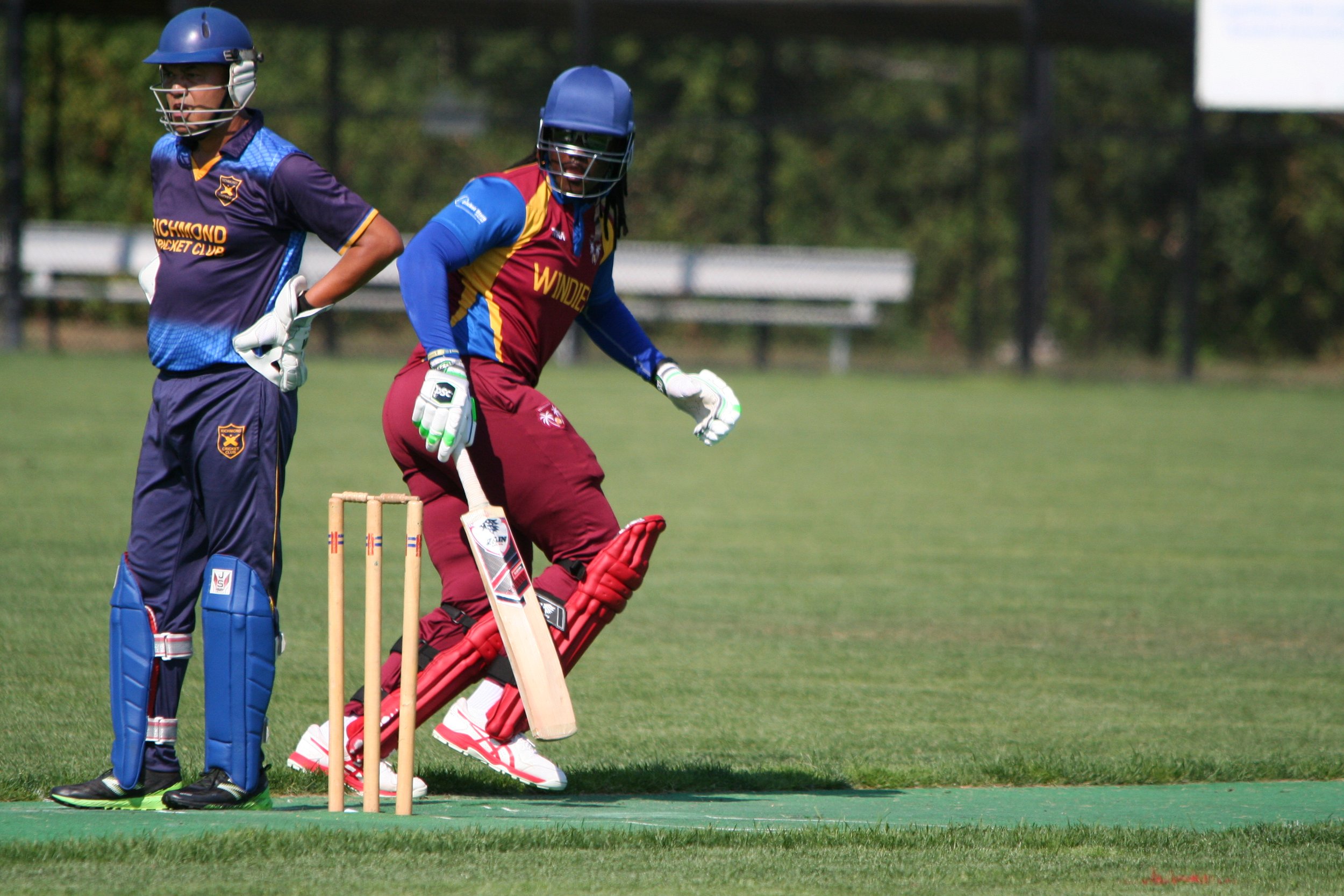
“I began to hone my skills as an all-rounder cricketer. Batting became my favourite and went on to make several centuries.
I can recall my mother came to visit me from Jamaica and she witnessed a game where I made 105 runs and she commented:
‘You sure prove to me that my young green oranges and grapefruits used as balls when you were a kid, were not wasted after all.”
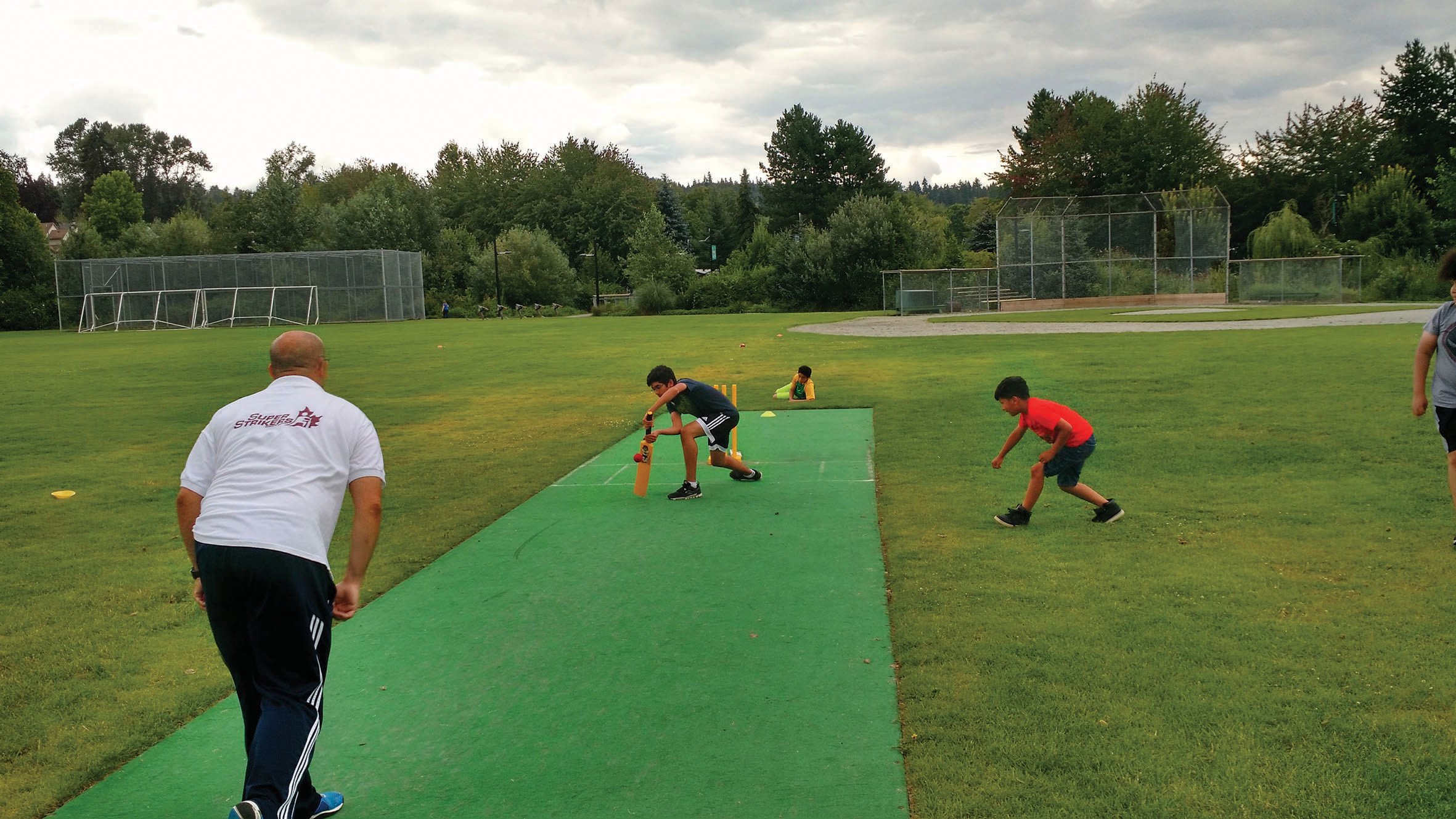
Nigel James
Devaansh Sharma
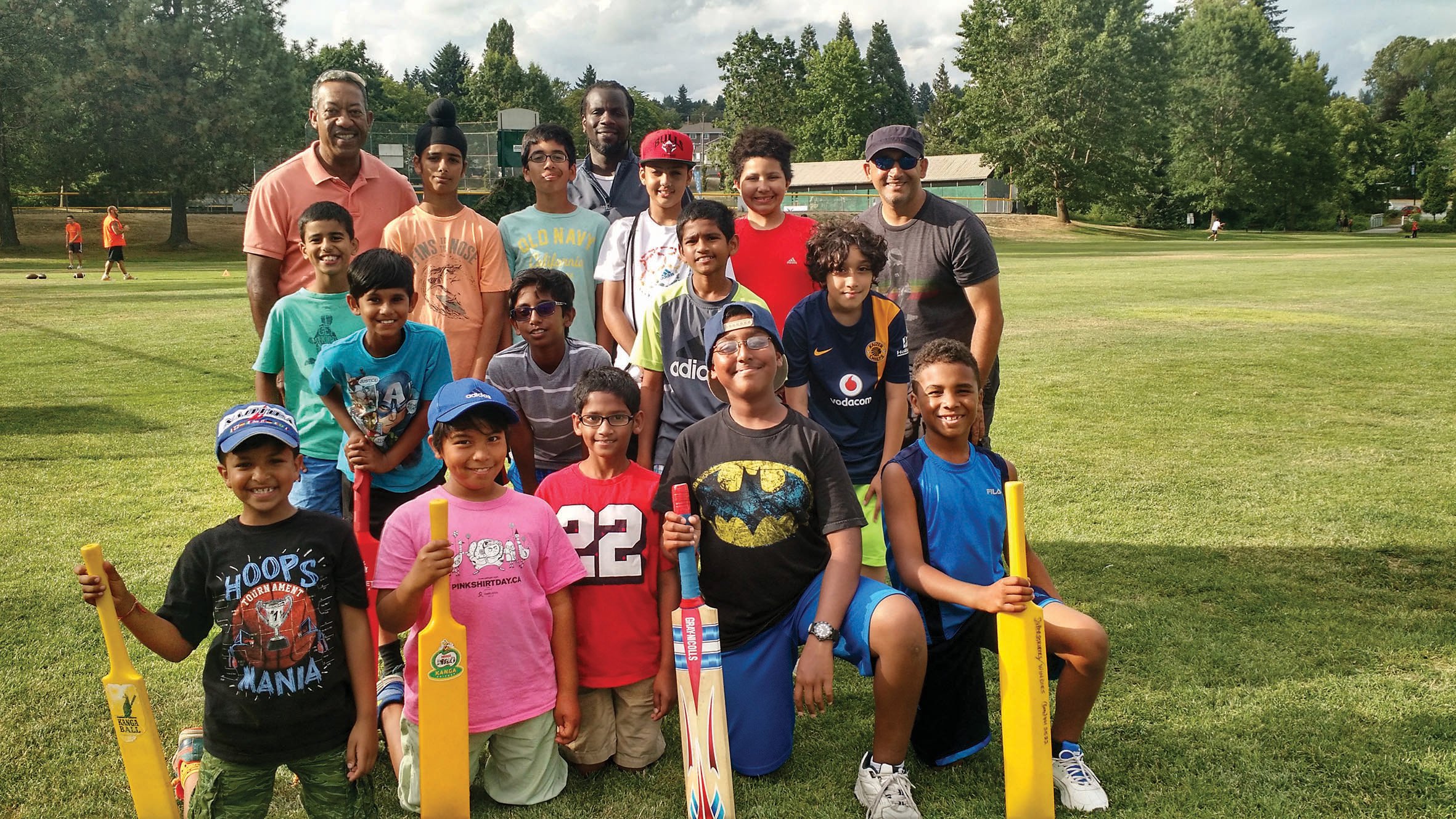
“When [my dad] was a kid—he grew up in India— he played cricket a lot in his hometown. So I guess that’s why he wanted me to do it too—play cricket in my hometown.”
Photographs courtesy of Patrick Davey and Markus Fahrner.













